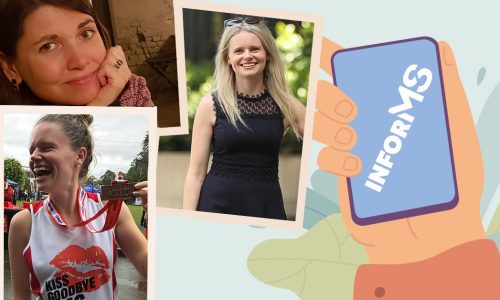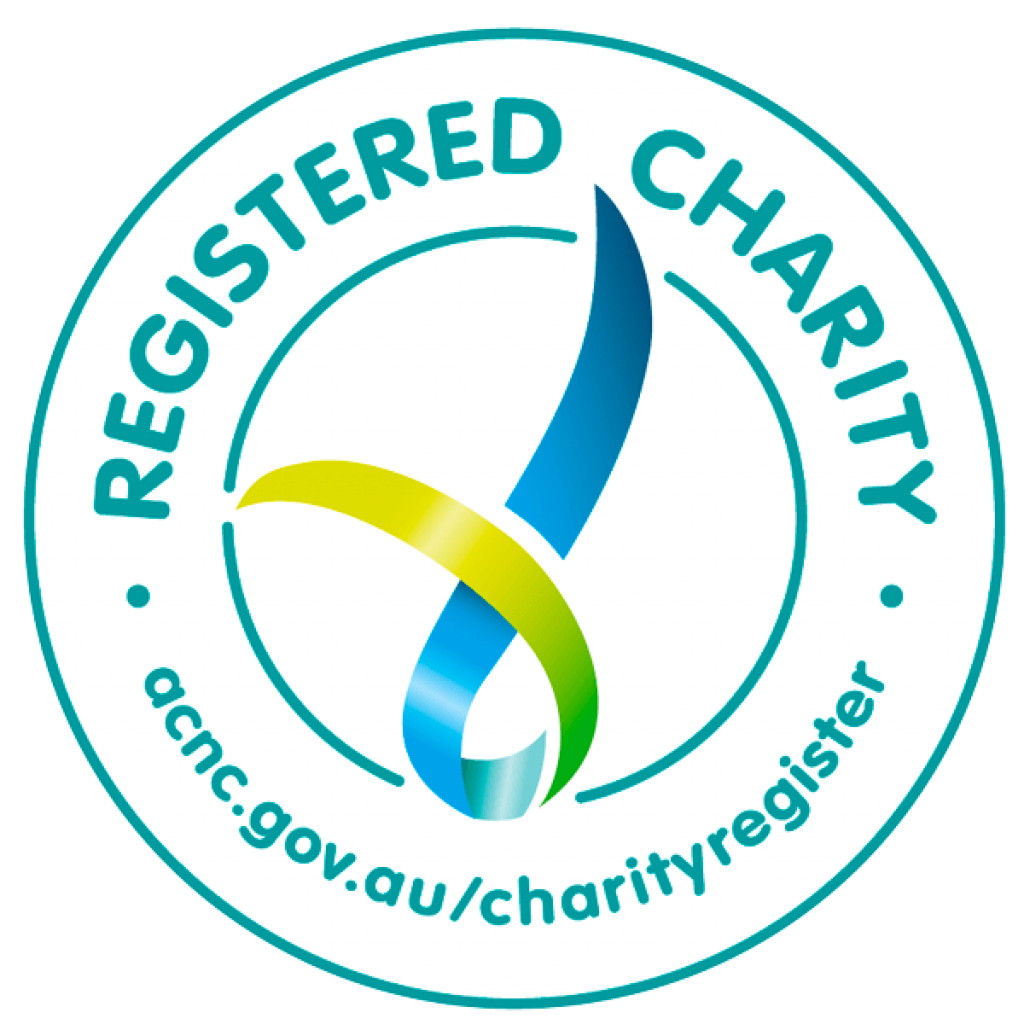In MS the immune system damages cells in the central nervous system (the brain, spinal cord or optic nerve), but there are other, similar conditions in which this also occurs, including Neuromyelitis optica spectrum disorders (NMOSD).
NMOSD includes neuromyelitis optica (NMO), also known as Devic’s disease, and a number of very closely related conditions. They primarily affect the optic nerves and the spinal cord, leading to sudden vision loss or vision problems in one or both eyes, and varying degrees of weakness or paralysis in the legs or arms. It is difficult to diagnose and is often mistaken for MS, however, accurate diagnosis is important as the treatment of the two types of disease are very different.
These diseases can have similar symptoms to MS, both can show lesions on the brain in MRI scans, and both can occur in a relapsing-remitting pattern. However, one key difference between MS and these disorders are the presence of antibodies that mistakenly target a specific brain protein, called aquaporin-4 which is normally found on the surface of one type of support cell in the central nervous system called astrocytes. These antibodies are found only in NMOSD, but even then, not everyone with NMOSD has these antibodies.
A collaborative group of leading neurologists and scientists, with the support of MS Research Australia, have recently carried out a large-scale clinical survey to establish how common these disorders are in Australia and New Zealand, and who is most likely to develop them. This study has been recently published in the Journal of Neurology, Neurosurgery and Psychiatry.
This is the first incidence and prevalence survey of this spectrum of disorders in the Oceania region. Incidence is the measure of new cases each year, whereas prevalence is how many people in the population have the disease or condition at the time of the survey.
Studies like this are very important to ascertain the extent of the problem and can reveal interesting patterns, which may highlight populations at risk of developing these diseases and provide clues about the biology and causes of the disease. For example, studies into MS revealed that those that live nearer to the equator are less likely to develop MS, indicating a potential role of sunlight and vitamin D in the prevention of MS. This knowledge led MS Research Australia’s world-first vitamin D MS prevention trial PrevANZ.
In this study, the researchers found about 193 cases of NMOSD in Australia and New Zealand, which translated to a prevalence of 0.7 cases per 100,000 people. This finding is consistent with other studies that have investigated countries with predominantly European populations. The results also showed that, like MS, females are predominantly affected, but with 6 times more women than men affected by NMOSD the sex bias is even higher than that seen in MS. Interestingly, however, the latitude gradient evident in MS was not seen in these related conditions, or in other words the incidence of these disorders are similar in southern and northern parts of both Australia and New Zealand.
The study also found differences in different ethnic groups. NMOSD was three times more common in people of Asian descent than those with European ancestry and accounted for about 50% of demyelinating conditions of the central nervous system in people of Asian descent. In European populations, MS is the most common demyelinating disease with only approximately 1% being NMOSD.
This study does highlight that there might be different risk factors for MS and NMOSD, and risks such as vitamin D and sunlight may not play as a significant role in NMOSD as they do in MS. Additionally, there are likely to be different genetic risk factors. While NMOSD might not be as common as MS, it can also be a debilitating condition, requiring a different treatment approach. It is therefore important that we continue to investigate these diseases and understand as much as we can about them. The researchers are continuing to look further at the population of people with NMOSD in Australia and New Zealand to investigate the genetics and biology of these MS-like diseases.






